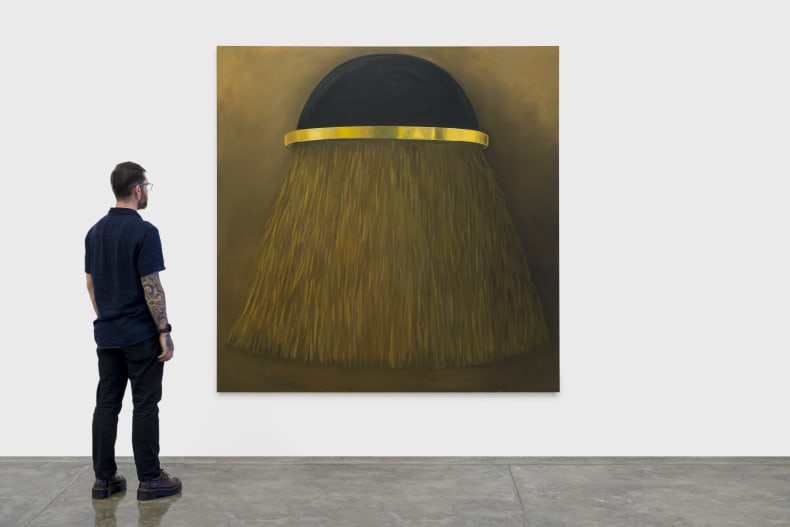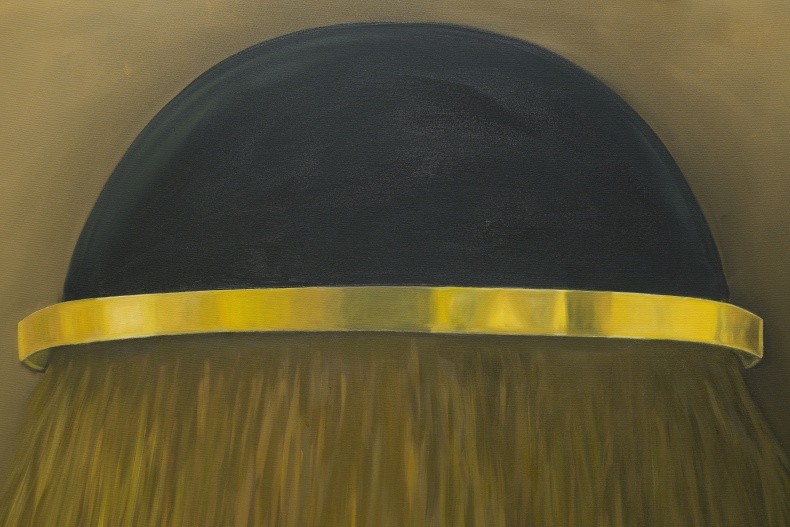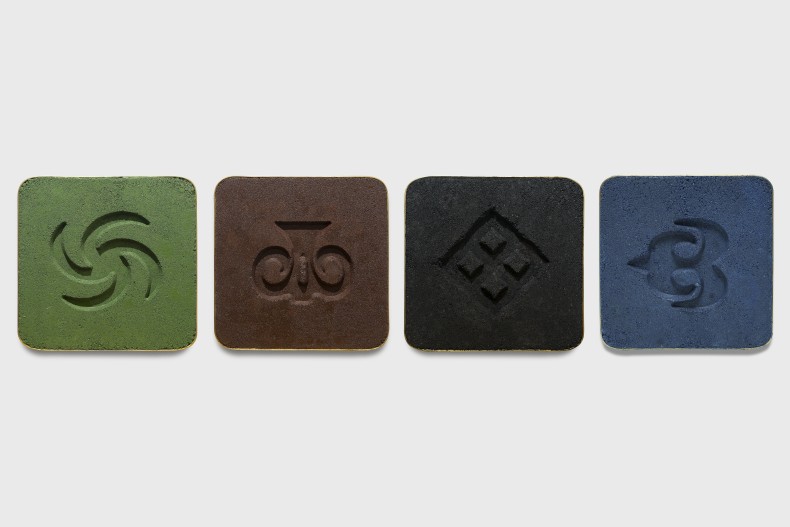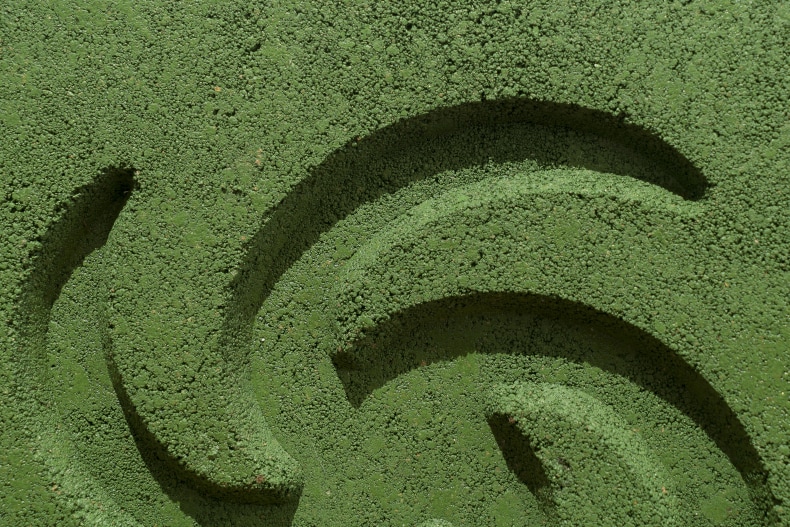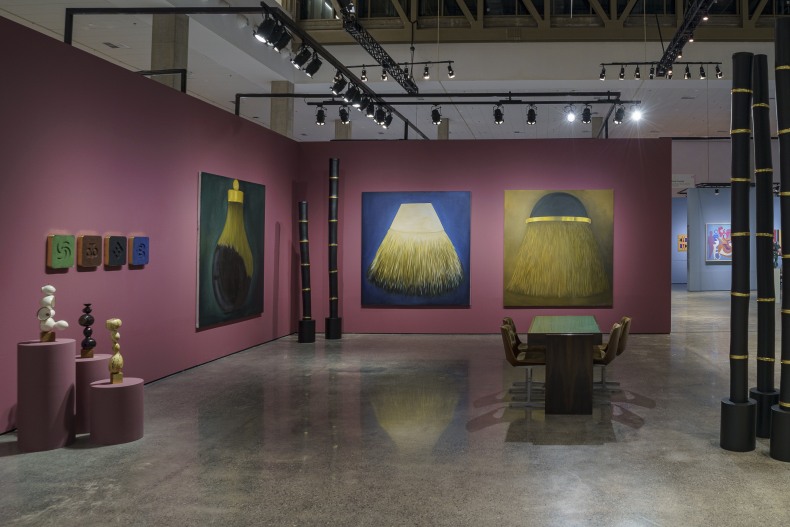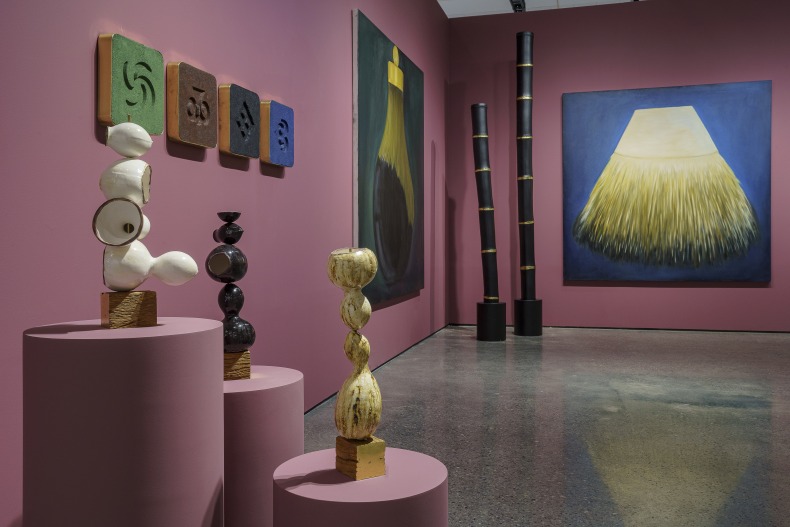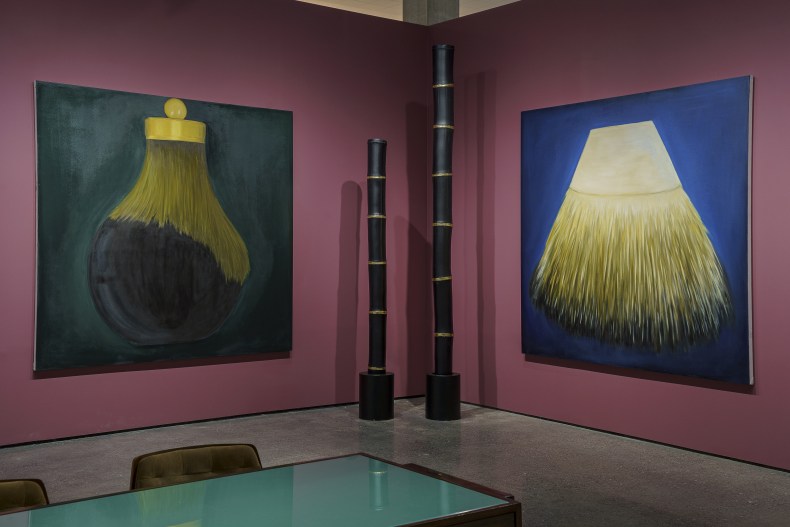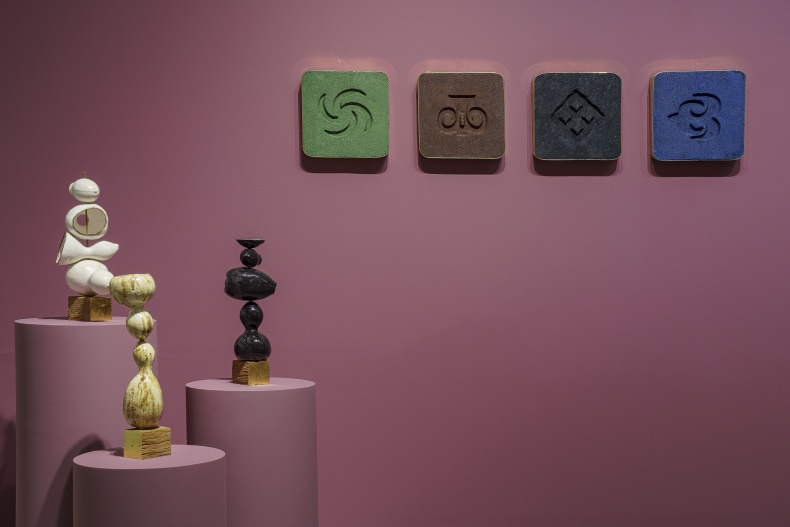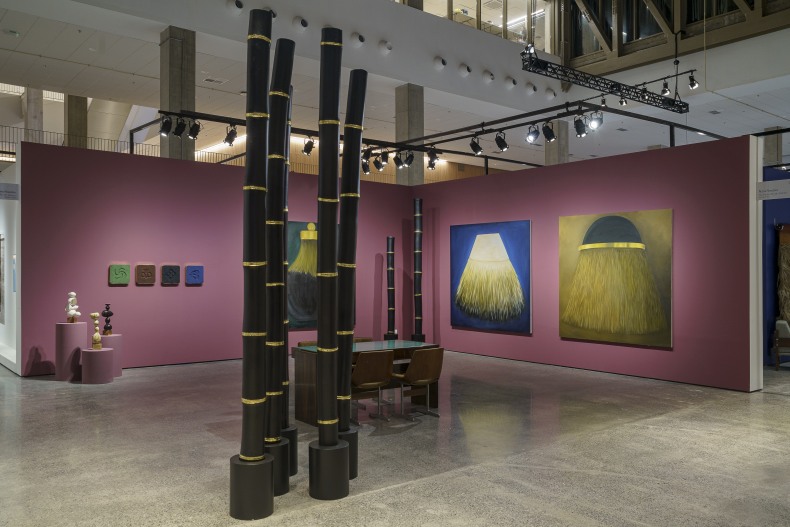Nara Roesler is pleased to present a solo show by artist Mônica Ventura at ArPa 2025, featuring new works that expand her ongoing investigation into ancestry, spirituality, and vernacular knowledge systems.
Among the highlights is the Noite Suspensa series, which continues the homonymous installation presented at Inhotim in 2023. Drawing from the immersive experience of that work, Ventura seeks to translate its monumental presence onto the surface of the canvas—not as a mere formal exercise, but as an attempt to preserve the dreamlike and spiritual potency of the original space. In this series, night emerges as a symbolic time for dreaming and deep listening, while the object-bodies evoke presence, ritual, and transformation.
The artist also presents Provir, 2025, an installation composed of black-painted bamboo with gold leaf detailing. Referencing her earlier work De amanhã para ontem (2020), the installation reinforces Ventura’s interest in the spiritual and symbolic dimensions of bamboo—a material that, in her practice, becomes both support and sign, evoking nature’s religiosity and establishing connections to Afro-cosmologies.
Ventura further unveils ceramic sculptures from the Passarinhas series, inspired by the form of the gourd—an element that resurfaces as a latent memory of childhood, transformed into fragmented and recombined structures. Created using liquid porcelain molds, the forms are disassembled and intuitively reconfigured like a puzzle, in a gesture that explores the links between memory, material, and affection. The symbolic form and power of the gourd also gave rise to a new body of paintings, presented for the first time at this edition of ArPa. In these works, Ventura explores fluid forms and chromatic rhythms that evoke the many layers of the feminine—cycles, nuances, and contrasts coexisting in tension between figure and ground, warm and cool, light and shadow.
Also on view is Despertar pro anoitecer, a series of small-format panels made of taipa de pilão (rammed earth), conceived especially for the occasion. In these works, Ventura incorporates symbols from the Adinkra visual system—an African-origin graphic tradition—impressed in low relief. Far from being ornamental, these signs act as inscriptions of resistance and reconnection with ways of living and building that challenge colonial logic.
Spanning sculpture, painting, and installation, Mônica Ventura’s practice creates a space for listening and reconnection, where strength and delicacy intertwine—forming a “beautiful organized noise” that invites reflection on identity, the body, and territory.
